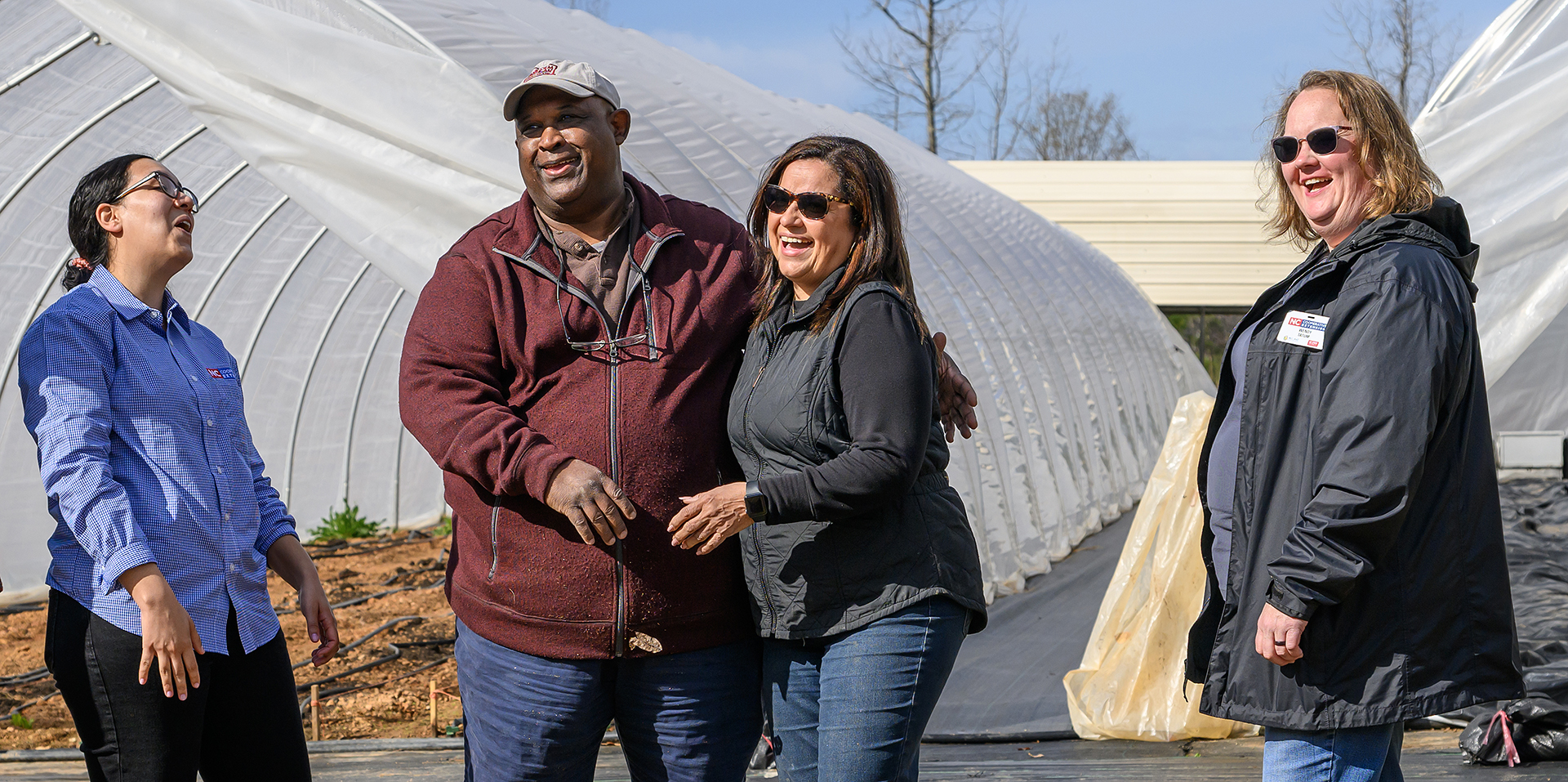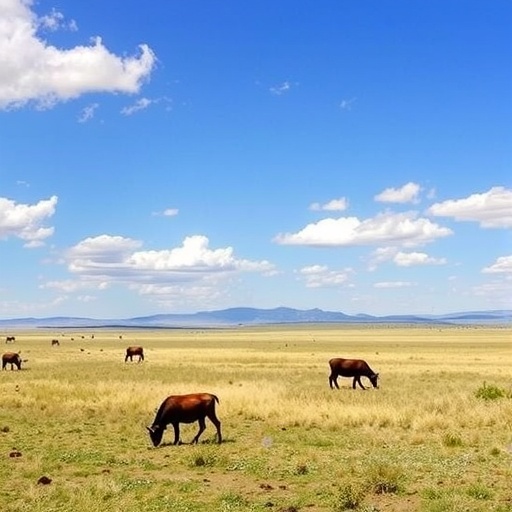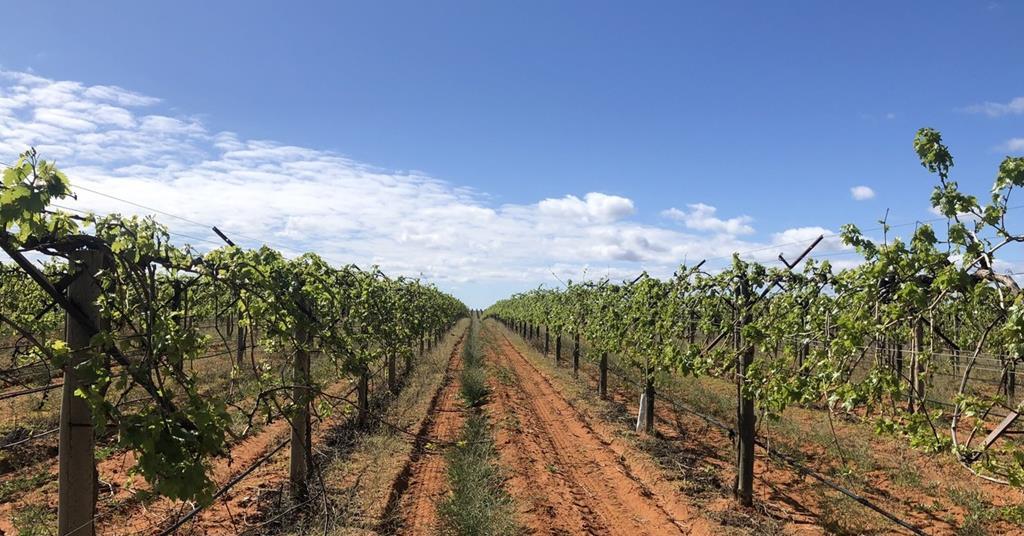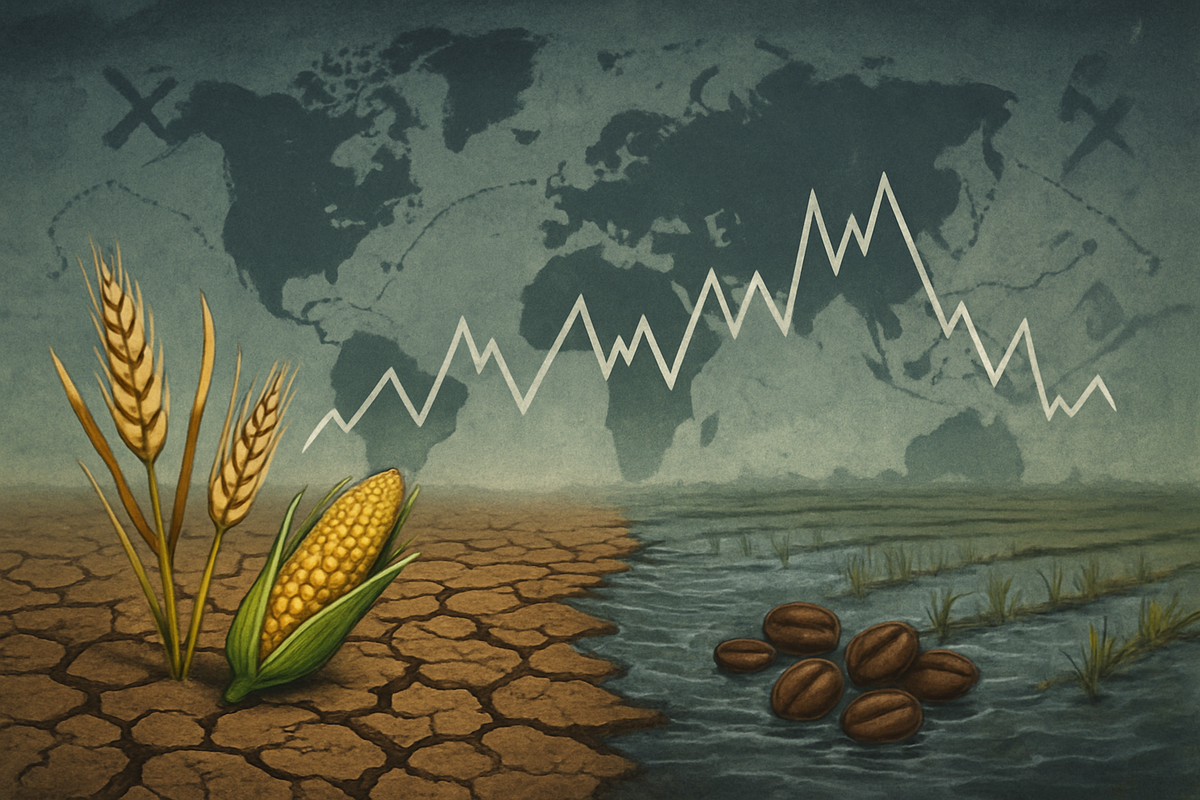Agricultural Production Jumps 7.6 Percent in San Mateo County Thanks to Impressive Livestock Increase – County of San Mateo, CA

2024 San Mateo County Agricultural Report: Economic Growth and Sustainable Development
Executive Summary
The 2024 San Mateo County Agricultural Crop Report indicates a period of significant growth and resilience for the local agricultural sector. The estimated gross production value reached $106,488,000, a 7.6 percent increase from 2023, marking the highest valuation since 2019. This economic upswing, driven primarily by the livestock sector, aligns with several key United Nations Sustainable Development Goals (SDGs), reflecting the county’s commitment to fostering economic vitality, ensuring food security, and promoting decent work and sustainable communities.
Economic Performance and Key Growth Drivers
The report highlights a robust recovery and expansion within the county’s agricultural industry. The increase in gross value is a strong indicator of the sector’s adaptability. Key factors contributing to this performance include:
- Livestock Sector Growth: The livestock category experienced a 38 percent increase in value, attributed to higher market prices and a greater number of head sold. This directly supports SDG 8 (Decent Work and Economic Growth) by enhancing the profitability of local ranching operations.
- Favorable Environmental Conditions: A 25 percent increase in rainfall compared to the 20-year average provided essential hydration for crops and pastureland, improving overall growing conditions and contributing to SDG 15 (Life on Land).
Alignment with Sustainable Development Goals (SDGs)
San Mateo County’s agricultural performance and supporting programs demonstrate a strong commitment to global sustainability targets. The industry’s progress is intrinsically linked to the following SDGs:
- SDG 2: Zero Hunger: By increasing the production of vegetables, fruits, and livestock, the county strengthens local food systems and enhances food security for its residents. Programs that connect producers directly with consumers bolster this goal.
- SDG 8: Decent Work and Economic Growth: The 7.6% rise in production value signifies sustained economic growth. Furthermore, the Farm Labor Housing Loan Program directly addresses the well-being of agricultural workers by expanding access to adequate housing, a critical component of decent work.
- SDG 11: Sustainable Cities and Communities: Initiatives like “As Fresh as It Gets” (AFAIG) fortify the local economy and community identity by promoting local agriculture. This fosters a resilient and sustainable community food network.
- SDG 12: Responsible Consumption and Production: The promotion of locally produced agricultural products through Certified Farmers’ Markets and the AFAIG program encourages responsible consumption patterns, reduces food miles, and supports sustainable production within the community.
County Programs Supporting Sustainable Agriculture
The County of San Mateo administers several programs designed to support the agricultural community and advance its alignment with sustainability principles:
- As Fresh as It Gets (AFAIG): A promotional program that directly connects local producers with consumers and restaurants, fostering local economic cycles and contributing to SDG 11 and SDG 12.
- Certified Producer Certificates: Low-cost certification enables farmers to sell at Certified Farmers’ Markets statewide, expanding market access and supporting the economic viability of small-scale producers, in line with SDG 8.
- Farm Labor Housing Loan Program: This initiative provides critical support for improving and expanding housing for very low-income farm workers, directly advancing SDG 1 (No Poverty) and SDG 8 (Decent Work and Economic Growth).
2024 Production Values by Category
- Floral and Nursery Crops: $60,770,000
- Vegetable Crops: $27,020,000
- Livestock: $9,090,000
- Fruit and Nut Crops: $3,510,000
- Forest Products: $1,993,000
- Livestock and Apiary Products: $1,043,000
SDGs Addressed in the Article
Explanation
The article on San Mateo County’s agricultural production touches upon several Sustainable Development Goals (SDGs) by highlighting economic growth in the agricultural sector, support for local farmers, community engagement, and programs aimed at improving the welfare of farm workers.
- SDG 2: Zero Hunger: The core of the article is about agricultural production, including vegetables, fruits, and livestock. It discusses the increase in production value and programs that support local farmers, which are fundamental to ensuring food security and promoting sustainable agriculture.
- SDG 8: Decent Work and Economic Growth: The article emphasizes agriculture as an “essential part of San Mateo County’s economy.” The reported 7.6% increase in gross production value signifies local economic growth. Furthermore, the “Farm Labor Housing Loan Program” directly addresses the living conditions of agricultural workers, which is a component of decent work.
- SDG 11: Sustainable Cities and Communities: The report connects agriculture to the county’s “heritage and identity” and describes programs like “As Fresh as It Gets” that strengthen the links between local producers (rural/peri-urban areas) and consumers/restaurants (community), fostering a sustainable local food system.
- SDG 12: Responsible Consumption and Production: By promoting locally produced agricultural products through the “As Fresh as It Gets” program, the county encourages responsible consumption patterns that support local producers and reduce food miles.
Specific SDG Targets Identified
Explanation
Based on the article’s content, several specific SDG targets can be identified as being directly relevant to the initiatives and outcomes described.
- Target 2.3: By 2030, double the agricultural productivity and incomes of small-scale food producers…
- The article’s focus on the overall increase in agricultural production value ($106.488 million) reflects progress in productivity and income. Programs like “Low-cost Certified Producer Certificates” are specifically designed to help “emerging farmers” access markets, directly supporting small-scale producers.
- Target 8.2: Achieve higher levels of economic productivity through diversification, technological upgrading and innovation…
- The 7.6% increase in the gross value of agricultural production is a direct measure of enhanced economic productivity within this key sector for the county.
- Target 8.5: By 2030, achieve full and productive employment and decent work for all…
- The “Farm Labor Housing Loan Program” is a specific initiative mentioned that aims to “improve housing and expand housing opportunities for the County’s very low-income farm workers,” contributing to the “decent work” aspect of this target by addressing workers’ living conditions.
- Target 11.4: Strengthen efforts to protect and safeguard the world’s cultural and natural heritage.
- The article explicitly states that “Agriculture remains an essential part of San Mateo County’s economy, heritage and identity.” The county’s investment in programs that strengthen this industry is a direct effort to safeguard this local heritage.
- Target 11.a: Support positive economic, social and environmental links between urban, peri-urban and rural areas…
- The “As Fresh as It Gets” program, which connects “San Mateo County producers directly with consumers and restaurants,” is a clear example of a mechanism designed to strengthen the economic and social links between rural producers and the broader community.
Indicators for Measuring Progress
Explanation
The article provides several quantitative and qualitative indicators that can be used to measure progress towards the identified targets.
- Gross agricultural production value: The article states the total value reached “$106,488,000.” This is a primary indicator for measuring economic productivity (Target 8.2) and the overall income of the agricultural sector (Target 2.3).
- Percentage increase in production value: The “7.6 percent increase over 2023” and the “38 percent increase” in the livestock category are specific indicators of growth and productivity over time.
- Existence of farmer support programs: The mention of specific programs like “Low-cost Certified Producer Certificates” and “As Fresh as It Gets” serves as a qualitative indicator of institutional support for small-scale farmers and local food systems (Targets 2.3 and 11.a).
- Existence of worker welfare programs: The “Farm Labor Housing Loan Program” is a qualitative indicator of efforts to provide decent work and living conditions for farm workers (Target 8.5).
- Rainfall data: The mention of a “25 percent increase in rainfall” is an environmental indicator that helps contextualize the agricultural outcomes and points towards the importance of natural resources in production (relevant to SDG 2 and SDG 12).
Summary Table: SDGs, Targets, and Indicators
| SDGs | Targets | Indicators |
|---|---|---|
| SDG 2: Zero Hunger | Target 2.3: Double the agricultural productivity and incomes of small-scale food producers. |
|
| SDG 8: Decent Work and Economic Growth |
Target 8.2: Achieve higher levels of economic productivity.
Target 8.5: Achieve decent work for all. |
|
| SDG 11: Sustainable Cities and Communities |
Target 11.4: Strengthen efforts to protect cultural heritage.
Target 11.a: Support positive economic and social links between rural and urban areas. |
|
| SDG 12: Responsible Consumption and Production | Target 12.2: Achieve the sustainable management and efficient use of natural resources. |
|
Source: smcgov.org

What is Your Reaction?
 Like
0
Like
0
 Dislike
0
Dislike
0
 Love
0
Love
0
 Funny
0
Funny
0
 Angry
0
Angry
0
 Sad
0
Sad
0
 Wow
0
Wow
0



















































.jpg.webp?itok=0ZsAnae9#)
























